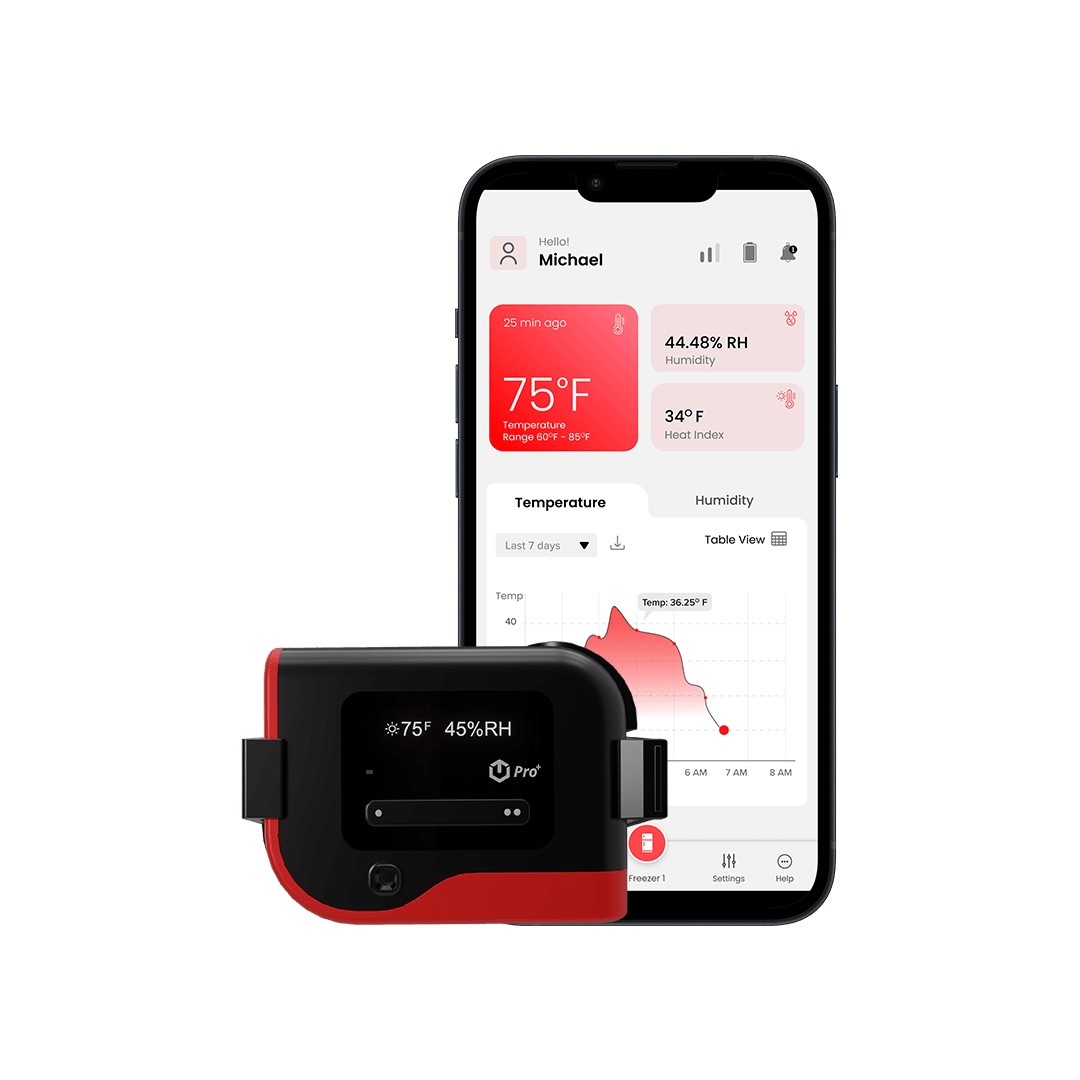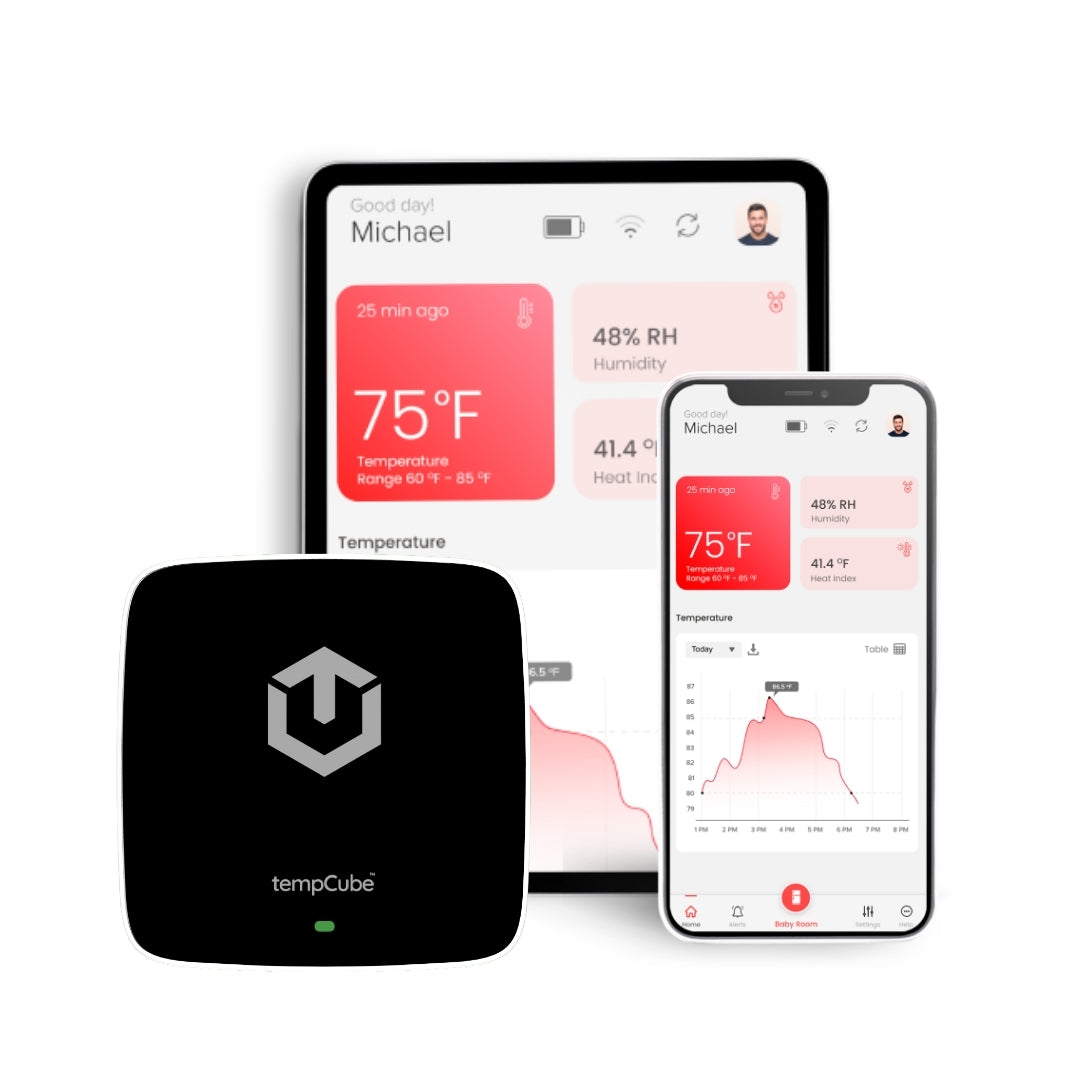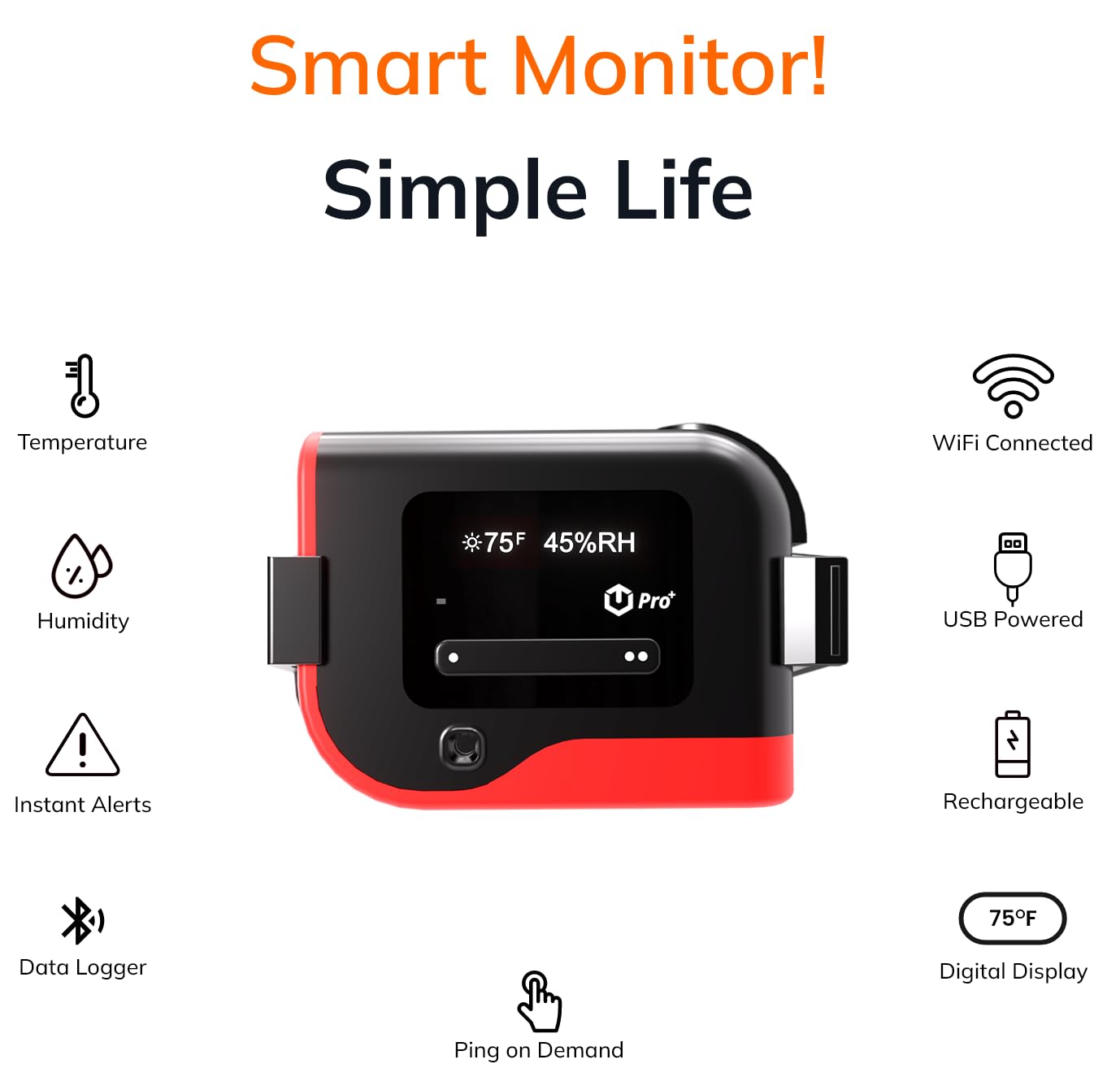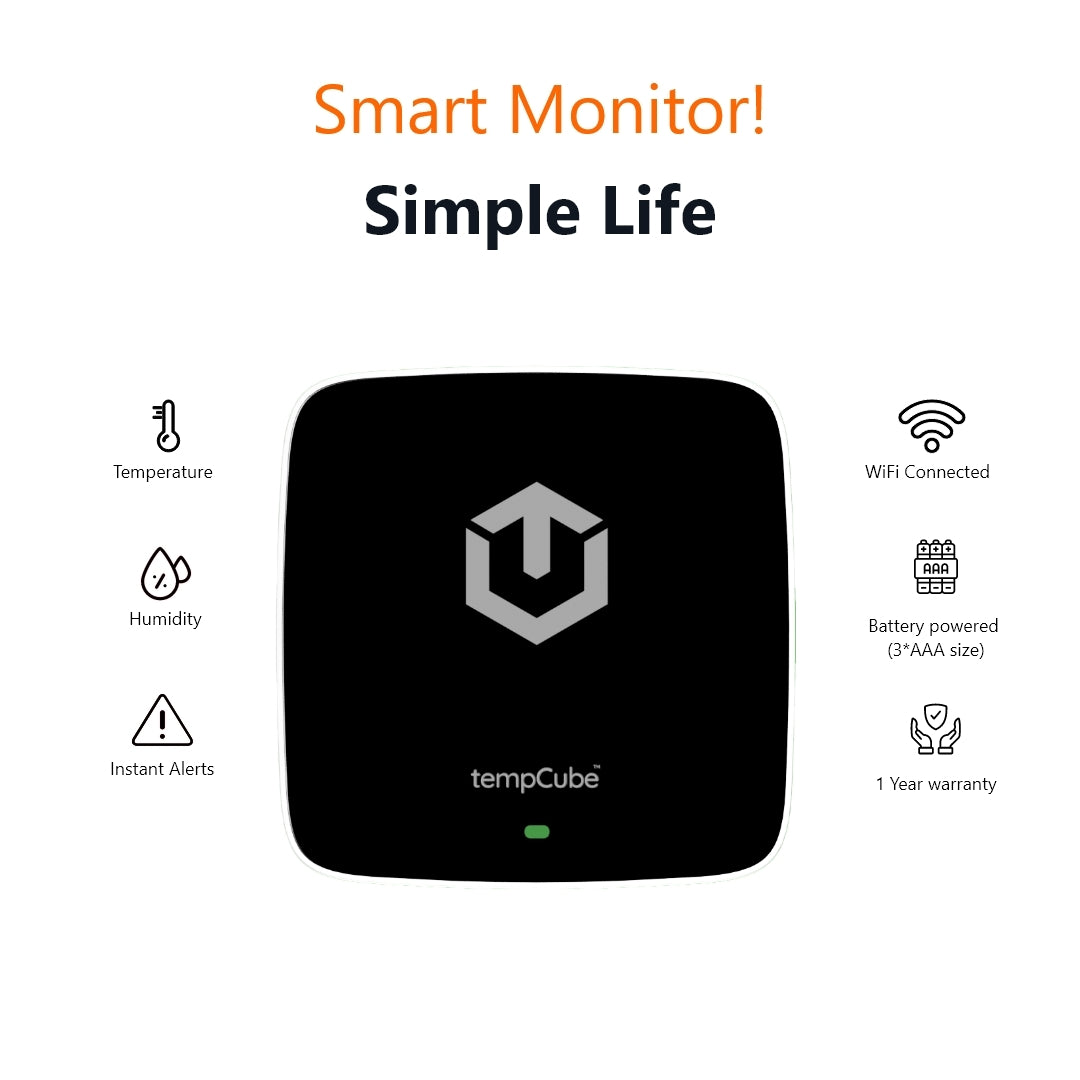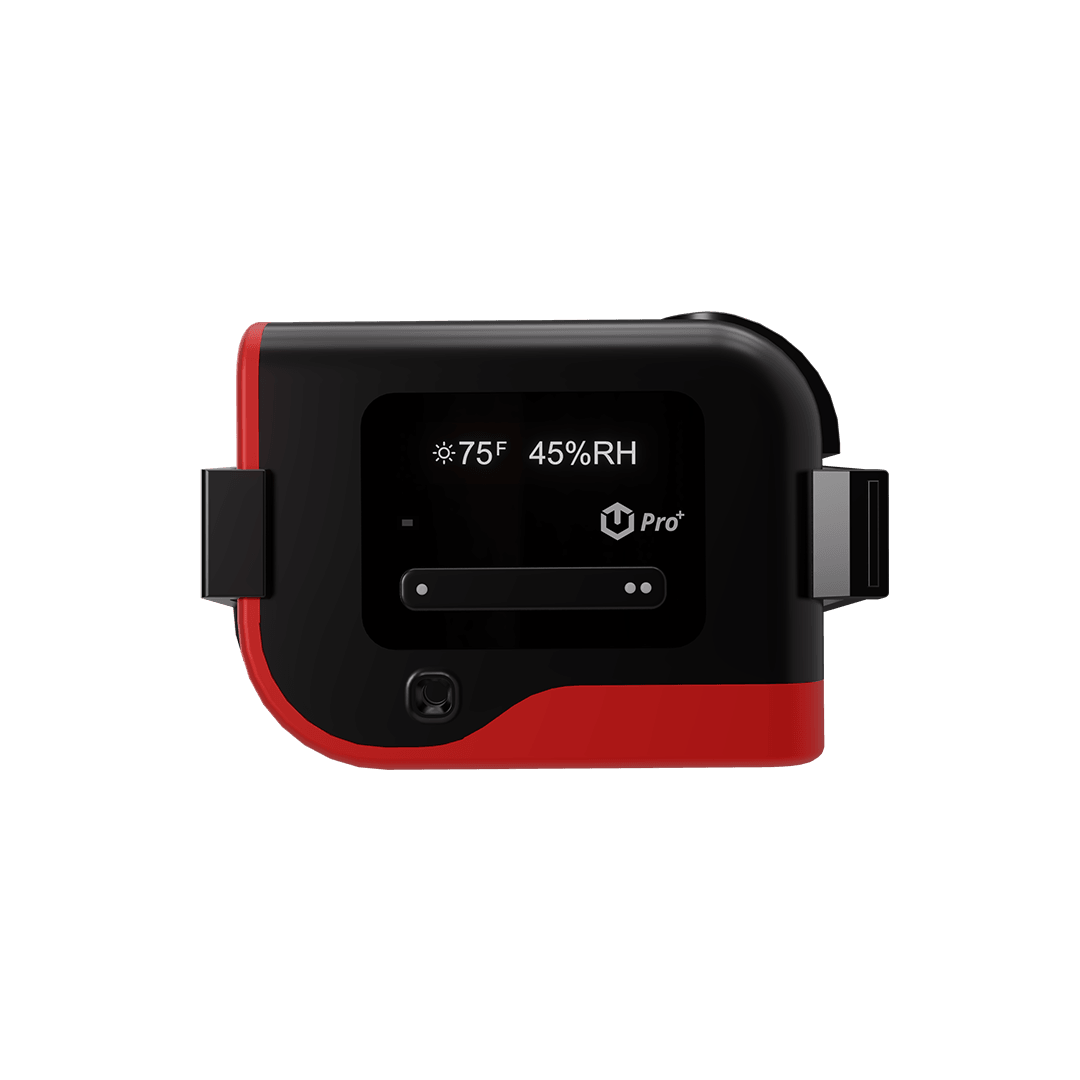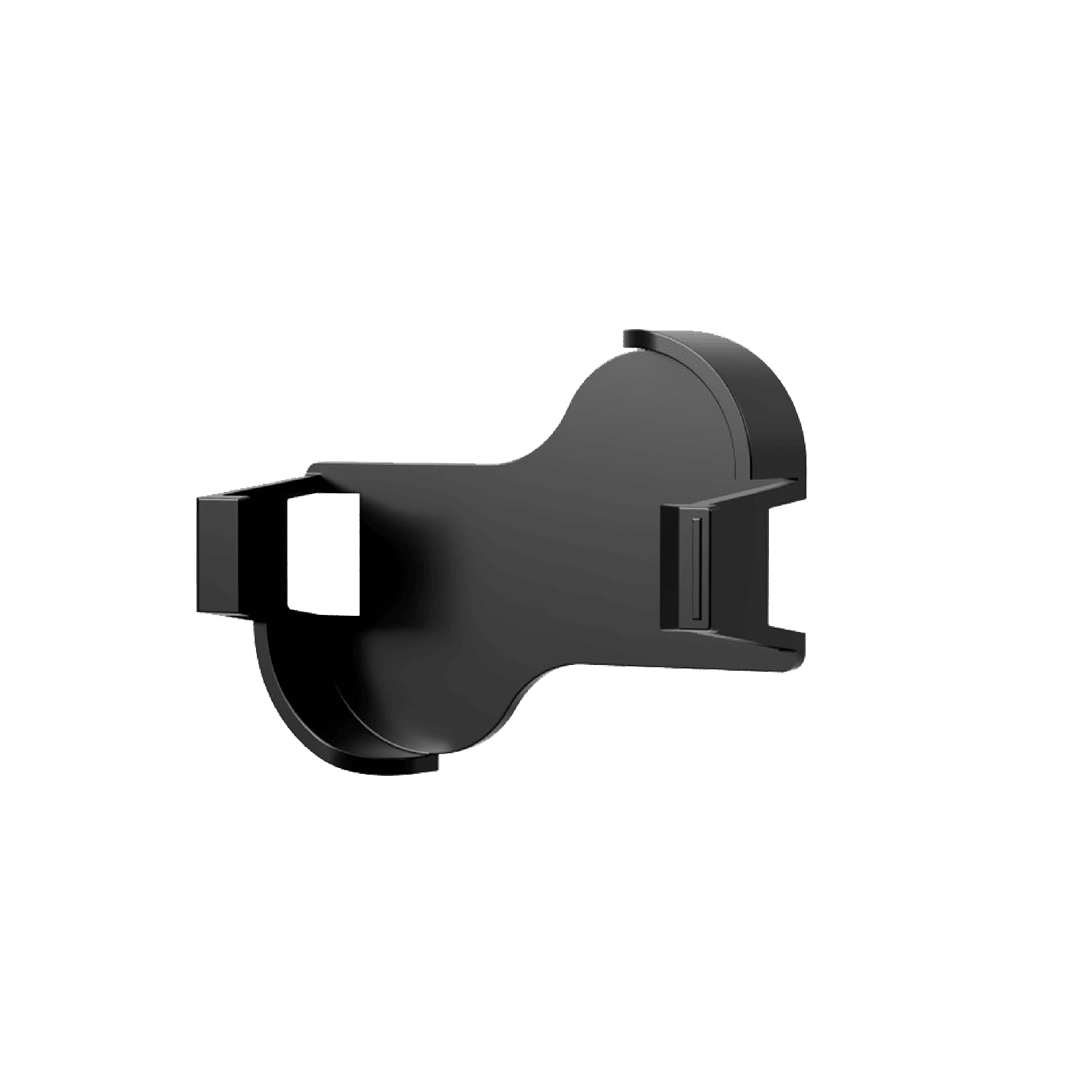In today's fast-paced world, workplaces have evolved from traditional cubicles to modern open-plan offices. As the nature of workspaces changes, so do the factors that affect employee comfort and productivity.
One crucial aspect that often goes unnoticed is the office environment's temperature and humidity. Maintaining optimal temperature and humidity levels in the workplace is not just about ensuring comfort; it plays a significant role in enhancing employee well-being and overall productivity.
In this comprehensive guide, we will delve deep into the importance of monitoring and controlling temperature and humidity in office and workplace settings.
We'll explore the various factors that influence these conditions, the potential consequences of neglecting them, and the state-of-the-art monitoring solutions available today.
1: The Impact of Temperature on Workplace Productivity
Temperature Range for Productivity
The ideal temperature range for most office environments falls between 73°F to 77°F (22.5°C to 25°C). Within this range, employees tend to be most comfortable and productive. Temperatures outside this range can have a significant impact on cognitive function. For example, excessively hot conditions can lead to drowsiness and decreased focus, while cold temperatures can cause discomfort and reduced dexterity.
Effects of Temperature Extremes
The Consequences of a Too-Hot Environment
When the office becomes too hot, employees may experience increased irritability, fatigue, and decreased cognitive performance. Furthermore, heat stress can pose health risks and lead to a decline in productivity.
The Dangers of Excessive Cold in the Workplace
Conversely, overly cold office conditions can result in reduced blood circulation, muscle stiffness, and decreased manual dexterity. Cold environments can also lead to an increase in errors as employees struggle to concentrate due to discomfort.
Strategies for Temperature Control
HVAC Systems and Their Role
Heating, ventilation, and air conditioning (HVAC) systems play a pivotal role in maintaining a comfortable office temperature. These systems can automatically adjust to maintain the desired temperature range, providing a consistent and comfortable environment for employees.
Personal Comfort Solutions
In addition to centralized HVAC systems, employees can use personal comfort solutions like desk fans, space heaters, and personal climate control devices. These tools empower employees to fine-tune their immediate environment to their preferred comfort levels.
Energy-Efficient Temperature Management
Modern HVAC systems come equipped with energy-efficient features such as zoning and programmable thermostats. These technologies not only maintain comfort but also help organizations reduce energy consumption and lower utility bills.
2: The Significance of Humidity in the Workplace
Understanding Humidity
Humidity refers to the amount of moisture present in the air. Relative humidity (RH) is the commonly used metric, representing the percentage of moisture in the air relative to the maximum amount it can hold at a given temperature.
What Is Relative Humidity?
Relative humidity is crucial in maintaining comfort because it affects how we perceive temperature. When humidity is too high, it can make the air feel warmer than it actually is, causing discomfort. Conversely, low humidity can make a room feel cooler, which can also lead to discomfort.
Effects of Low Humidity
Health Problems Associated with Low Humidity
Low humidity levels can result in various health issues, including dry skin, irritated eyes, and respiratory problems. Dry air can also lead to the spread of viruses and bacteria, increasing the risk of illness in the workplace.
Impact on Furniture and Equipment
Insufficient humidity can cause wood furniture and sensitive electronic equipment to crack, warp, or malfunction. This can result in higher maintenance and replacement costs for businesses.
Effects of High Humidity
Mold and Mildew Growth
Excess humidity can create an environment conducive to mold and mildew growth. Not only is this unsightly and can damage office infrastructure, but it can also pose health risks to employees.
Discomfort and Reduced Productivity
High humidity can lead to feelings of stickiness and discomfort. Employees may become distracted and less productive when they're sweating and uncomfortable at their desks.
Dehumidification Solutions
To combat high humidity, workplaces can employ dehumidification solutions. These systems remove excess moisture from the air, maintaining a comfortable and healthy environment.
3: Factors Influencing Office Temperature and Humidity
Building Design and Layout
The design and layout of office spaces have a significant impact on temperature and humidity control. The architectural features of a building, such as the size and placement of windows, can affect natural lighting and ventilation. Open-plan offices may have different climate control needs compared to traditional closed offices.
The Role of Architecture in Temperature Control
Architectural elements like insulation, window placement, and building orientation can influence temperature regulation. Well-designed buildings can minimize the need for excessive heating or cooling.
Natural Ventilation vs. Mechanical Systems
Some workplaces rely on natural ventilation through windows and vents, while others depend on mechanical HVAC systems. The choice between these approaches can affect how temperature and humidity are managed.
Seasonal Changes and Weather Patterns
Seasonal variations in temperature and humidity are natural and need to be taken into account when managing workplace climate.
Adapting to Temperature Fluctuations
Workplaces must adapt to seasonal temperature fluctuations. HVAC systems often require seasonal adjustments to maintain comfort and energy efficiency.
The Impact of Local Climate on Office Conditions
Workplaces in different geographic locations may face distinct climate challenges. Understanding local climate patterns is crucial for effective climate management.
Human Factors
Human factors play a significant role in how temperature and humidity are perceived and tolerated in the workplace.
The Variability of Individual Comfort Preferences
Individuals have varying comfort preferences based on factors like age, gender, and personal health. It's essential to consider these differences when managing office climate.
Employee Feedback and Engagement
Regularly seeking feedback from employees and involving them in decisions regarding workplace climate can lead to a more comfortable and productive environment.
4: The Role of Technology in Monitoring and Control
Temperature and Humidity Monitoring Systems
Modern workplaces benefit from advanced monitoring systems that provide real-time data on temperature and humidity levels.
Introduction to IoT-Based Sensors
Internet of Things (IoT) sensors are becoming increasingly popular for monitoring environmental conditions. These sensors can provide data in real time and help organizations make informed decisions.
Benefits of Real-Time Monitoring
Real-time data allows organizations to respond quickly to fluctuations in temperature and humidity, preventing discomfort and potential productivity losses.
Choosing the Right Sensors for Your Workplace
Selecting the appropriate sensors for your workplace involves considering factors such as the size of the space, the need for wireless connectivity, and the desired level of data granularity.
HVAC Automation and Smart Controls
Heating, ventilation, and air conditioning systems can be integrated with monitoring systems for more precise control.
Integrating HVAC with Monitoring Systems
Connecting HVAC systems with monitoring sensors allows for automatic adjustments based on real-time data, ensuring comfort while optimizing energy use.
Energy-Efficient Temperature and Humidity Control
Smart controls can optimize HVAC operations for energy efficiency, reducing costs and environmental impact.
User-Friendly Interfaces and Remote Access
Modern systems often feature user-friendly interfaces and remote access capabilities, allowing facilities managers to monitor and adjust settings from anywhere.
Data Analytics and Predictive Maintenance
Data analytics and predictive maintenance can help organizations optimize their temperature and humidity control strategies.
Leveraging Data for Better Control
Collecting and analyzing data from monitoring systems can provide insights into trends and patterns, enabling proactive climate management.
Predictive Maintenance for HVAC Systems
Predictive maintenance uses data and machine learning algorithms to anticipate HVAC system issues before they cause disruptions. This approach minimizes downtime and ensures continuous comfort.
Machine Learning and AI in Workplace Climate Management
Artificial intelligence can optimize climate control by learning from past data and adjusting settings to maintain ideal conditions efficiently. AI-driven systems continuously adapt, making them increasingly effective over time.
5: Implementing a Workplace Temperature and Humidity Monitoring Program
Assessment and Planning
Before implementing a monitoring program, it's essential to assess your current workplace conditions and plan for improvements.
Evaluating Current Conditions
Conduct thorough assessments of existing temperature and humidity levels in your workplace to identify areas that need improvement.
Setting Temperature and Humidity Targets
Establish clear targets for temperature and humidity based on employee comfort and productivity requirements.
Budgeting for Monitoring and Control Systems
Determine the budget required for the installation of monitoring systems, HVAC upgrades, and any necessary infrastructure improvements.
Installation and Integration
Once the plan is in place, it's time to execute the installation and integration phase.
Installing Sensors and Monitoring Equipment
Carefully install monitoring sensors at strategic locations throughout the workplace to gather accurate data.
Integrating Systems with Existing Infrastructure
Ensure that monitoring and HVAC systems seamlessly integrate with your workplace's existing infrastructure, minimizing disruption.
Employee Training and Awareness
Educate employees about the new monitoring and control systems, emphasizing their role in maintaining a comfortable work environment.
Maintenance and Continuous Improvement
Maintaining and improving your monitoring program is an ongoing process.
Regular System Maintenance
Scheduled maintenance ensures that sensors and HVAC systems remain in optimal working condition, preventing potential disruptions.
Analyzing Data and Making Improvements
Continuously analyze data from monitoring systems to identify trends and areas for improvement. Use this information to make informed adjustments to your climate management strategies.
Staying Up-to-Date with Technology Advancements
Keep abreast of emerging technologies in climate control, as advancements can lead to even more efficient and cost-effective solutions.
Conclusion
In today's knowledge-driven economy, ensuring employee comfort and productivity is paramount. Monitoring and controlling office and workplace temperature and humidity are integral components of achieving this goal. Neglecting these factors can lead to discomfort, health issues, and decreased productivity.
As technology continues to advance, so do our capabilities in managing and optimizing workplace environments. By implementing a comprehensive temperature and humidity monitoring program, organizations can create a conducive atmosphere that fosters employee well-being and productivity, ultimately contributing to their long-term success.
Investing in advanced monitoring systems, integrating HVAC automation, and leveraging data analytics and AI-driven solutions will not only ensure comfort but also boost efficiency and sustainability in the workplace.


